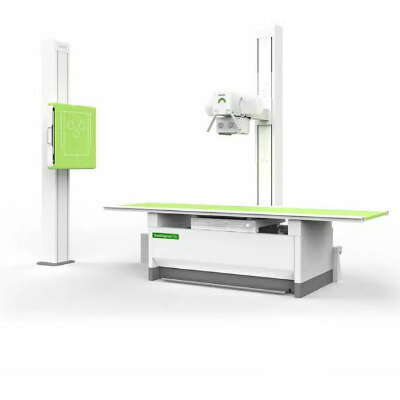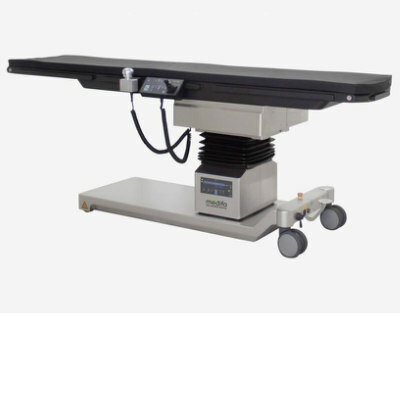Accuracy of Diagnostic Mammograms Varies by Radiologist
By MedImaging staff writers
Posted on 07 Jan 2008
For women with breast symptoms such as lumps, the ability of diagnostic mammograms to identify breast cancer effectively depends strongly on which radiologist reads them, according to a new study.Posted on 07 Jan 2008
"When a woman gets a mammogram, she wants to know that if she has breast cancer, the mammogram will be likely to detect it,” said study leader Diana Miglioretti, Ph.D., an associate investigator at Group Health Center for Health Studies (Seattle, WA, USA). "This is especially important when the woman has a breast concern such as a lump.” Preferably, this ability to accurately detect cancer (known as sensitivity) would be consistently high, with few false-positives--biopsies performed despite the absence of cancer. Moreover, it would not depend on which radiologist was reading the mammograms. "But that's not what we found,” she added.
The research team examined how well 123 radiologists interpreted nearly 36,000 diagnostic mammograms performed to evaluate breast problems, such as lumps, from 1996 through 2003 at 72 U.S. facilities, including six from Group Health, that contribute data to the Breast Cancer Surveillance Consortium. For different radiologists, sensitivity ranged from 27-100% and false-positives, from 0-16%. These differences were only partially explained by the characteristics of the patients and the experience of the radiologists. The study was published online on December 11, 2007, in the Journal of the [U.S.] National Cancer Institute.
The radiologists who read diagnostic mammograms most accurately (with highest sensitivity, without too many false-positives) tended to be those who were based at academic medical centers or spent at least 20% of their time on breast imaging. By contrast, unlike in Europe, most U.S. women get mammograms interpreted by general radiologists who interpret mammograms as only a small percentage of their practice.
"We need to reduce the wide variability among radiologists in how they interpret diagnostic--and screening--mammograms,” said Dr. Miglioretti. "A good way to do that may be to identify the radiologists who are least accurate at reading mammograms--and to improve their performance with extra training.”
The U.S. Breast Cancer Surveillance Consortium, part of the U.S. National Institutes of Health (Bethesda, MD, USA), is working on ways to achieve these goals, including developing an interactive training program. "Women should get regular screening mammograms,” said Dr. Miglioretti. "Mammography isn't perfect, but it's the best way we have to detect breast cancer early, when it has the greatest chance of being cured.” She also urged women with breast concerns, such as lumps, to try to get evaluated at a center that has at least one breast imaging specialist: a radiologist who spends a large portion of the time reading mammograms and performing breast biopsies.
Most mammograms are performed to screen women with no symptoms of breast cancer. Earlier studies have shown that radiologists vary widely in how they read such screening mammograms. This new study is the largest as yet to examine what predicts variability in diagnostic mammograms.
Related Links:
Group Health Center for Health Studies
U.S. Breast Cancer Surveillance Consortium














